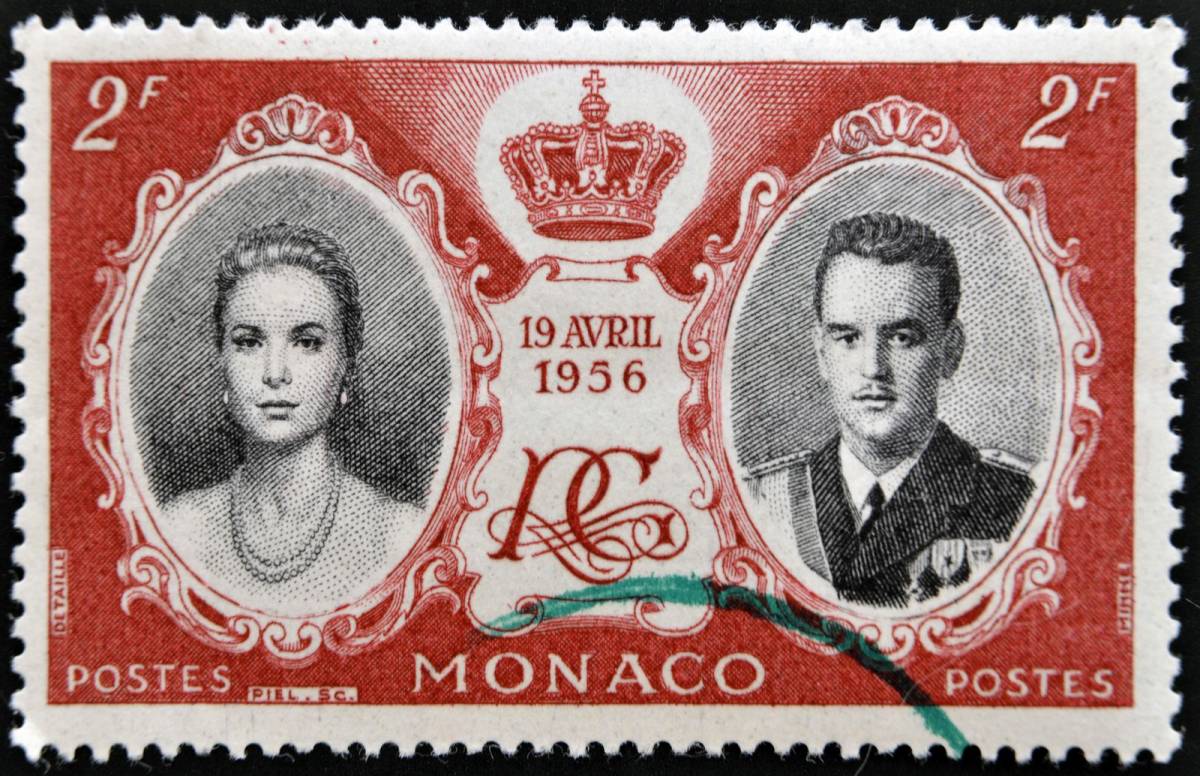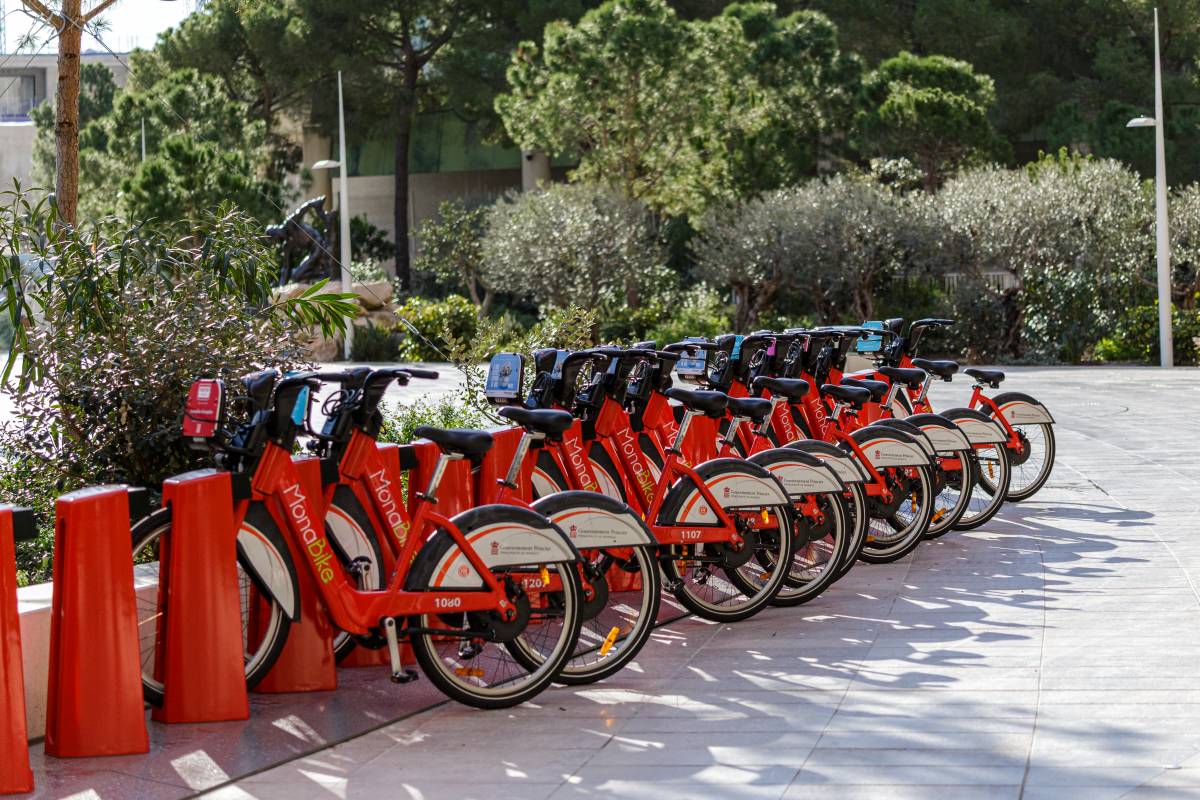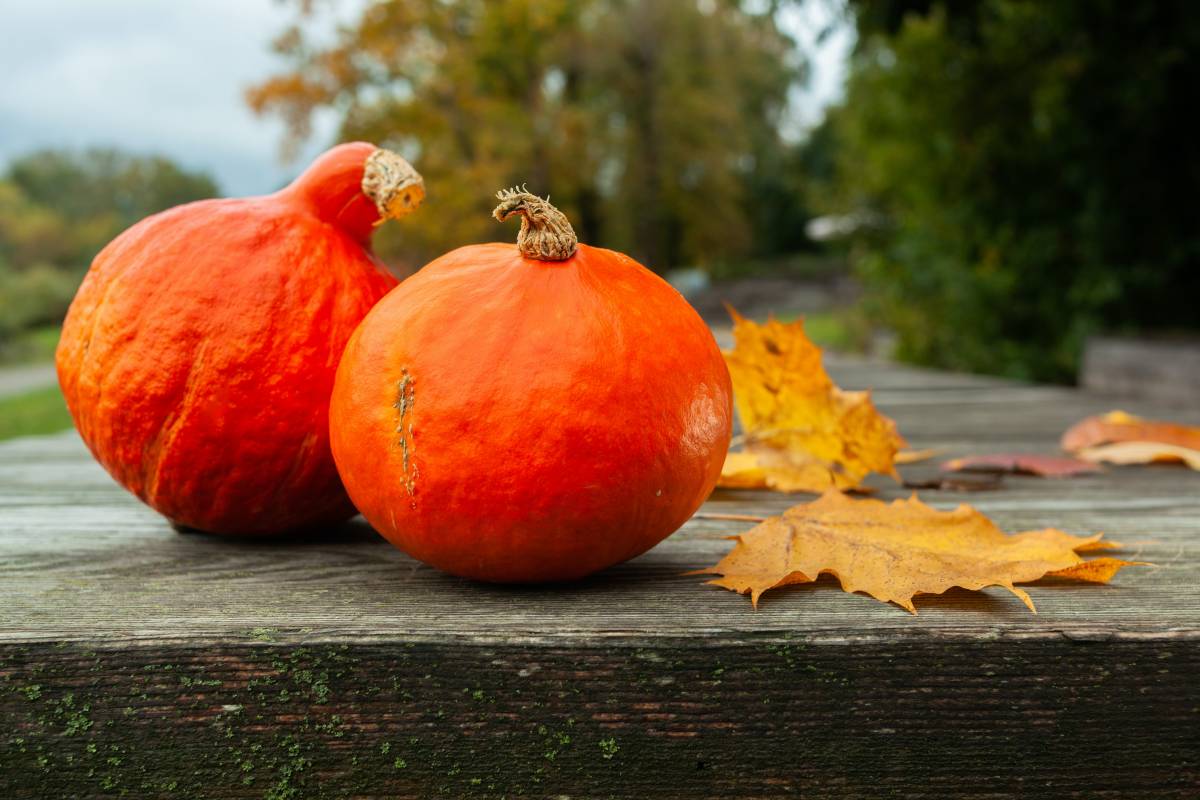It seemed interesting to re-publish an article by Mr. Robert Boisson about Monegasque culinary traditions. This text completes the Committee’s tribute to him in the 2017 calendar on the 30th anniversary of his death.
“It seems to me necessary and almost my duty as President of the National Committee of Monegasque Traditions to talk to you for a few moments about our cooking. This has always been based on elements from our ancestors: the products of their land and their territory. They were too poor to afford the luxury of importing rich food from other places. Our elders had the custom of cultivating a little wheat, oats, corn, barley for their personal needs outside the Rocher de Monaco, the Condamine and the Spélugues, after having cleared the tough, meagre ground.
They ate their potatoes, carrots, tomatoes, onions, shallots, fennel, leeks, beets, beans, courgettes, pumpkins and eggplants. They had special care for their olive-trees and their vineyards on the countryside of Bustagni, Grima, Fondivina, as well as for their lemons and other citrus plants.
The fig-tree, the quince, and the grenadier produced their favorite fruits. When they woke up, the Monegasques drank their coffee, later ate a snack of bread and tomato: the “pan-bagnat” (word of niçoise origin) the bread first pressed in oil where it had been cut.Topped with tomato, onion, basil, black olives and unsalted anchovy fillets.
They had their lunch at noon, their dinner at night with a simple family meal. The custom was that the last little piece that remained in the dish, which no well-bred person dared take, was called ‘the mouthful of shame.’

The cuisine was seasoned, besides salt and pepper, with cloves, cinnabar for the preparation of anchovies, garlic, anchovy cream, which served to make a sauce diluted in boiling oil ‘a bagna Cauda’ which lived on a light fire in the middle of the table, where each person dipped their branch of fennel, celery, and card. The oil and lemon juice were an essential basis of the seasoning.
The most commonly used fat was olive oil; they used a little butter and lard. Bread was an essential food. We made a soup, ‘panade’. The other soups were: herbal soup, broth, one or two eggs beaten with herbs; pesto soup, basil-based paste, which was ground with garlic, parsley and cheese. In the broth were small lumps of flour: ‘iputri’. To make it more nutritious, they added vermicelli or pasta. Meat was roasted, a leg of mutton, in a sauce into which a lot of bread could be dipped.
They liked to eat the tripe, the kidneys with excellent sauces, where the aromas added flavors necessary to appreciate them more. We ate meatballs or paupiettes. We liked veal, the marrow, lamb crackle, stuffed lamb stomach, lamb tripe served in tomato stew and stuffed veal chest, which was a treat.”
* Mr. Robert Boisson was President of the National Committee of Monegasque Traditions from 1961 to 1987.








